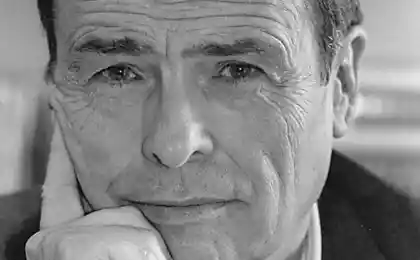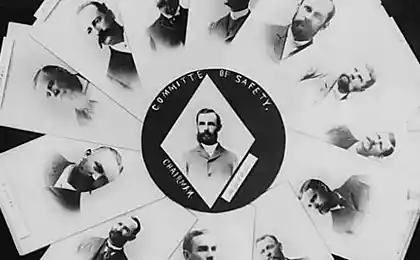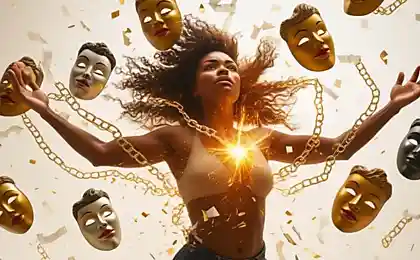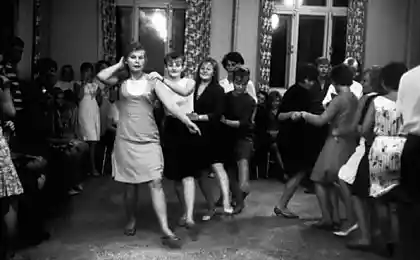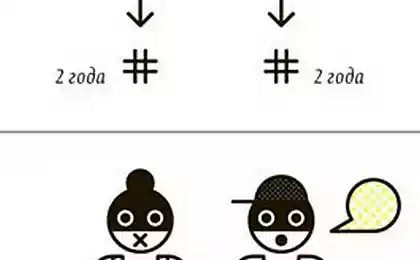561
How to persuade public opinion to their side
The experiment shows that can be very profitable to play on human strahe
study conducted in 1970, shows that people in the groups more likely to take risky decisions and take a more radical views than alone. But there is a way to remove the group dynamics if it is not profitable for you.
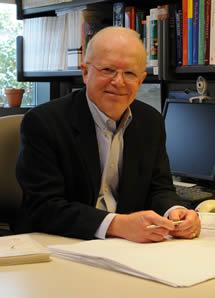
In 1970, psychologist David Myers and George Bishop divided the students into several groups. They wanted to see how it will behave in a group of people in the discussion of topical issues. Scientists specially made so that no debate could be even accidentally. Students are divided according to their attitude to racial differences. They were given a test called "multivariate questionnaire racial attitudes" (Moruya), created in 1967 and includes questions such as, "I would not invite a Negro in a restaurant where I know." Based on the responses, students were divided people with extreme racist views, without racist and those who adhered to the golden mean.
Groups discussed the segregation and housing arrangements (the latter means that the house can not sell or rent out a particular group of people, and if the owner has still decided to do it, then he should deprive property). After discussion, the students went back Moruya and took a more confident position than before the discussion. Those who speak out against racism, even more sure he is right after communicating with like-minded people. Those who advocated racism, even more hated blacks after talking with other racists. "Risk" view of everyone in their group looked normal, so that students feel comfortable speaking out even more categorical.
The authors concluded that such a debate can do more harm than good. People can not be a breakthrough or insight, they will adhere to the same extremes as their supporters, and even "customized" their views at these extremes. To no insight was not exact, psychologists recommend limiting group discussions until the end of the educational programs that illuminate the different views. Or at least warn that "the preferred opinion will be valued above».
This method can also be used for evil and for good. So you can avoid any discussion and persuade the majority to their side. Even short notes should let people know that expressing a different opinion, they take risks. And understanding that whacks them all hunting risk.
via factroom.ru

study conducted in 1970, shows that people in the groups more likely to take risky decisions and take a more radical views than alone. But there is a way to remove the group dynamics if it is not profitable for you.

In 1970, psychologist David Myers and George Bishop divided the students into several groups. They wanted to see how it will behave in a group of people in the discussion of topical issues. Scientists specially made so that no debate could be even accidentally. Students are divided according to their attitude to racial differences. They were given a test called "multivariate questionnaire racial attitudes" (Moruya), created in 1967 and includes questions such as, "I would not invite a Negro in a restaurant where I know." Based on the responses, students were divided people with extreme racist views, without racist and those who adhered to the golden mean.
Groups discussed the segregation and housing arrangements (the latter means that the house can not sell or rent out a particular group of people, and if the owner has still decided to do it, then he should deprive property). After discussion, the students went back Moruya and took a more confident position than before the discussion. Those who speak out against racism, even more sure he is right after communicating with like-minded people. Those who advocated racism, even more hated blacks after talking with other racists. "Risk" view of everyone in their group looked normal, so that students feel comfortable speaking out even more categorical.
The authors concluded that such a debate can do more harm than good. People can not be a breakthrough or insight, they will adhere to the same extremes as their supporters, and even "customized" their views at these extremes. To no insight was not exact, psychologists recommend limiting group discussions until the end of the educational programs that illuminate the different views. Or at least warn that "the preferred opinion will be valued above».
This method can also be used for evil and for good. So you can avoid any discussion and persuade the majority to their side. Even short notes should let people know that expressing a different opinion, they take risks. And understanding that whacks them all hunting risk.
via factroom.ru
10 most expensive luxury that can afford not to everyone
Why are you sure know something, even if in fact know nothing
